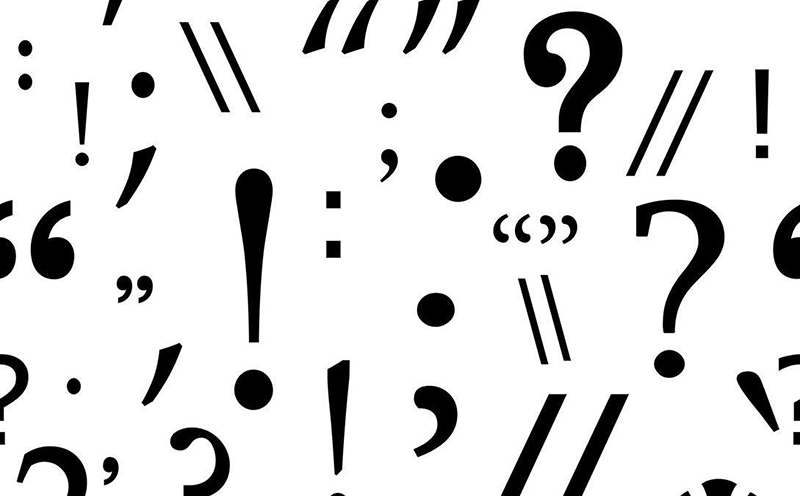Just saw this today — wisdom on a Facebook meme:
“I like messy people; people who don’t fit in a box or stay between the lines. But who’s integrity is greater than any rule book and who’s loyalty is stronger than blood.”
“Nice saying”, I replied. And then proceeded to point out the problem...of course. Fortunately, the post was made by a FB friend who accepts my quirks.
A previous blog post was about the “it’s and its” problem. It’s = it is, and that’s all there is to it. A sentence that can help you remember —- It’s eating its lunch.
Whose and who’s is similar. Whose is possessive, like yours, mine, her, his, ours, its, and theirs. Whose is always the possessive. Whose camera is that? I enjoy socializing with individuals whose career is similar to mine.
Who’s, on the other hand, is a contraction for “who is”, such as “Who’s that on first base?” or “I don’t know who’s coming to the dinner.”
I’m quite sure I understand why this happens. The problem is that possessives of nouns are formed with an apostrophe — Julie’s desk, the concert’s attendance, the speaker’s point, etc. And the apostrophe on nouns such as those can also signal a contraction, such as Julie’s (Julie is) headed to Newk’s. The concert’s (concert is) at 8 p.m. The speaker’s (speaker is) following an outline. This issue can account for the confusion.
No one ever says that English is easy or that it is consistent.
Probably the easiest way to think of it — “its” and “whose” go along with his, theirs, ours, yours. And “who’s” and “it’s” always mean “who is” and “it is”. When you’re about to type in that apostrophe after “who” or “it”, remember the advice of this word nerd and “break it down” to make sure that “who is” or “it is” is what you’re needing to say.
Like unto “It’s eating its lunch”, a sentence that might help to check yourself — Who’s in charge of whose money?
Now that all that is settled, next thing we’ll tackle is who vs. whom. Won’t that be fun?!



